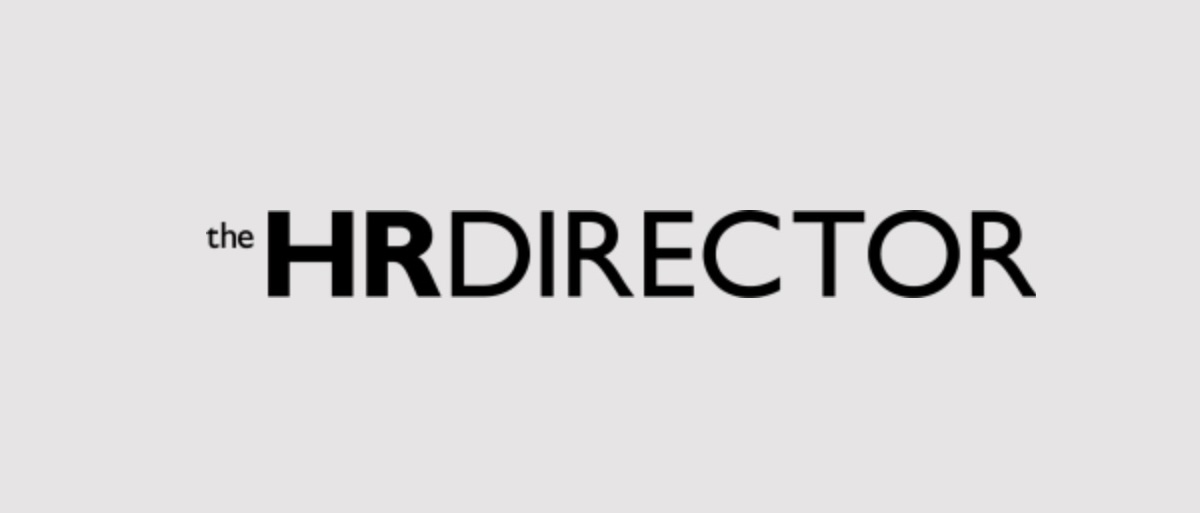Artificial intelligence is reshaping how organizations manage risk, investigate issues and support employees — and employee relations teams are right at the center of that change. As AI adoption accelerates, so does the pressure to ensure every tool and workflow meets emerging legal, ethical and regulatory expectations. But not all AI for employee relations was created equally.
This guide breaks down what ER leaders need to know about AI compliance, why it matters now more than ever and how to leverage AI responsibly without sacrificing fairness, transparency or trust.
Key Takeaways: AI & Compliance for Employee Relations Teams
- AI should augment, not replace, human judgment: Use AI to handle routine tasks, summarise data and surface risks — but keep humans driving investigations, decisions and interactions.
- Bias and confidentiality must be proactively managed: Avoid demographic inputs that may introduce bias; ensure data is not misused for training; preserve strong security and confidentiality around sensitive HR/ER data.
- Choose and deploy AI tools with scrutiny: Not all AI is built the same — select platforms with built-in guardrails, transparent training/data-use policies and workflows aligned with professional ethics and legal compliance.
Why AI Compliance Matters to Employee Relations
AI is rapidly becoming embedded in everyday business processes — from chatbots and case triage to sentiment analysis and automated documentation. For compliance and ER teams, ignoring AI compliance is no longer an option. The stakes are simply too high.
Neither is refusing to use AI. The technology is available, and it can streamline cumbersome, laborious tasks for your team. Not to mention, in some cases, you can even use AI to strengthen compliance efforts.
That’s why it’s important to look at both sides of the equation:
- Staying compliant while using AI and
- Using AI as a tool to strengthen compliance.
AI-driven HR or ER decisions will introduce legal, ethical and reputational risk if left unchecked. For example, imagine an ER chatbot classifying case severity incorrectly because it was trained on incomplete data. A harassment complaint could be downplayed, delaying action and exposing the organization to regulatory penalties or retaliation claims. AI should never be making decisions on your team’s behalf.
A compliance-first approach protects both employees and your organization. AI must support — not replace — human judgment. This keeps decisions fair, transparent and defensible.
Understanding AI Compliance
AI compliance is the practice of ensuring AI tools follow existing laws, emerging regulations, ethical standards and organizational policies. It covers how AI is designed, trained, deployed, monitored and governed — especially when it touches sensitive employee data or impacts decisions about people.
At its core, AI regulatory compliance helps companies reduce bias, improve decision transparency and ensure that human oversight remains central to every outcome.
What Makes AI “Compliant?”
So, what exactly does “compliant” AI look like? When evaluating AI systems for ER or compliance work, teams should ask:
- Is the AI system auditable? Can we trace how it reached conclusions?
- What human oversight mechanisms are built into the tool? Or is it making decisions on our behalf?
- Is documentation around training data and bias mitigation provided? Or is the tool using our data to train its models without visibility?
- How does the AI handle sensitive employee data in alignment with privacy laws? Or is there a chance it will fall into the wrong hands?
- Are employees informed when AI is used in decisions or evaluations that impact them? Or is there a lack ot transparency that can severely tarnish trust?
HR Acuity’s AI engine, olivER™, was designed with these compliance questions in mind. olivER™ delivers insights without making automated decisions, ensures outcomes stay consistent and defensible and never uses customer data to train models — a critical compliance safeguard. Features like transparent benchmarking, auditable outputs and human-in-the-loop design reflect responsible enterprise-grade AI built specifically for ER.
AI Compliance Risk Factors and Challenges
AI offers tremendous value — but only when implemented responsibly. ER teams must understand the AI compliance risks that can emerge when AI is used in employee-facing processes.
Below are the core risks impacting HR and ER today:
Bias
AI can unintentionally reinforce inequities if trained on skewed or incomplete datasets. In ER, this might show up as unequal case categorization or inconsistent recommendations.
Privacy
AI tools often process sensitive employee data — which means privacy compliance is non-negotiable. Failure to meet requirements around data minimization, storage or access can expose organizations to regulatory penalties.
Retaliation Exposure
Misclassification of cases, missed signals in documentation or flawed triage can delay action — increasing retaliation risk. AI should enhance early detection, not blindly automate decisions.
Transparency
Opaque AI systems make it difficult to explain why a recommendation was made.
With HR Acuity, Compliance is Number One
When you use HR Acuity’s AI engine, olivER™, you can be confident compliance is built in from day one. HR Acuity provides:
- Transparent outputs. The AI-powered investigation planning feature clearly explains why each step is suggested so teams can build trust and defend decisions.
- Human-centered decision-making. AI-powered suggested mapping and executive summaries help ER teams spot patterns quickly while keeping humans firmly in control of outcomes.
- Proven bias mitigation. HR Acuity’s AI is grounded in nearly 20 years of ER best practices and is built to reduce bias throughout with embedded best-practice workflows.
- Strong data protection. Customer data stays confidential and is never repurposed to train models, which strengthens privacy protections at every layer.
Key Regulations Employee Relations Teams Must Follow for 2026 and Beyond
AI compliance is evolving fast. ER teams must stay ahead of regulations shaping how AI can be used in decisions that impact employees.
Below is a snapshot of key AI regulatory compliance frameworks that your team should know about:
U.S. Federal
- DOJ Compliance Program Guidance: The DOJ emphasizes effective internal controls, documentation and risk monitoring for any technology that can impact compliance outcomes. This applies directly to AI used in investigations or case assessments.
- EEOC Enforcement & Anti-Discrimination Laws: AI must not create disparate impact in hiring, evaluations or disciplinary decisions. The EEOC has reinforced that existing laws like Title VII and the ADA apply fully to automated systems.
U.S. State
- Colorado’s AI Regulation (2024–2026 rollout)
Colorado requires organizations to conduct impact assessments and disclose the use of high-risk AI systems. ER teams must document how AI influences employment-related decisions and maintain proven safeguards. - California Consumer Privacy Act (Employee Data Provisions)
California expands employee data rights and restricts certain automated decision-making. Employers must disclose AI usage and allow employees to understand or challenge automated outcomes. - Expect to see other U.S. states following suit in 2026 and beyond!
European Union
- EU AI Act
The EU AI Act classifies AI as “high-risk,” meaning employers must maintain transparency, human oversight, bias controls and documented risk management. Fines for noncompliance are significant.
Asia
- Singapore’s Model AI Governance Framework
Encourages transparency, human oversight and strong data governance. While not binding, it is influential across APAC. - Japan’s AI Guidelines (2024 update)
Focus on safety, fairness and privacy protections for AI systems that impact individuals and workplace decisions.
Using AI Responsibly for Employee Relations and Compliance Monitoring
When used thoughtfully, AI for compliance strengthens ER processes, reduces risk and empowers teams with real-time insights. Here are practical use cases:
- Monitoring Policy Adherence Patterns
AI can quickly surface patterns in case data — such as recurring issues in a department — supporting proactive compliance action. - Assisting with Investigation Documentation
AI-generated interview questions, executive summaries and documentation prompts help teams stay consistent and compliant. - Detecting Trends in Employee Complaints
AI can aggregate and categorize issues quickly, helping ER teams identify potential hotspots or systemic risks — especially when paired with multi-language intake and hotline reporting features. - Automating Training Audit Trails
AI can help your team create complete, defensible documentation — reducing manual effort and strengthening compliance posture.
Compliant AI-Powered Employee Relations Software from HR Acuity
AI doesn’t replace your expertise, it amplifies it. HR Acuity’s AI is built for transparency, fairness and defensibility, backed by decades of ER investigation experience. From benchmarking to multilingual hotline intake to auditable insights, HR Acuity helps teams manage every issue with confidence and compliance at the center.
Explore the HR Acuity AI platform and Legal, Ethics & Compliance solutions to see how responsible AI can transform your ER strategy.
Ready to Meet the Future of Employee Relations?
Let’s build the next era of fair, transparent and compliant employee relations — powered by AI you can trust.




